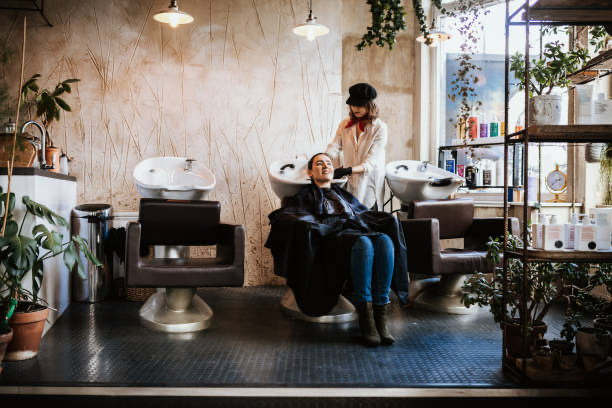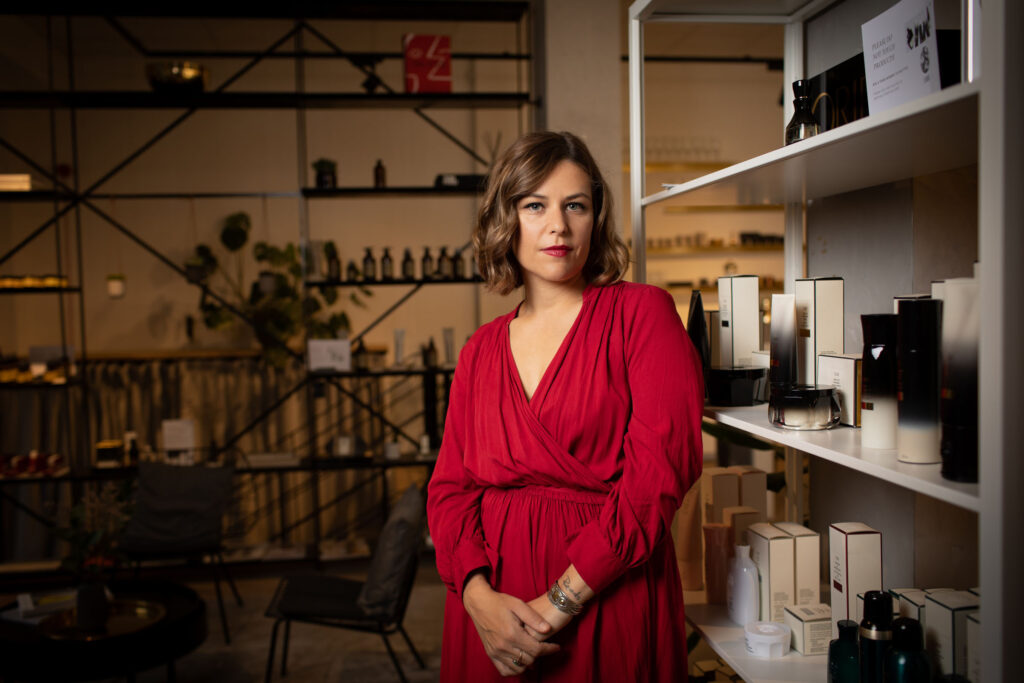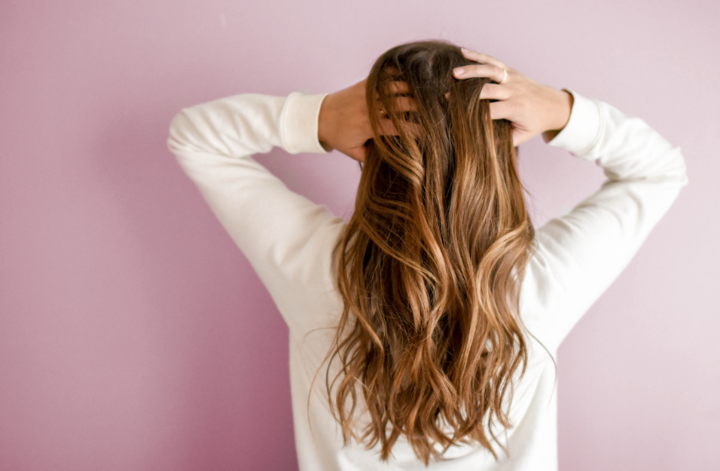In this post I will go through the 10 things you should consider and discuss with your stylist before having your hair done. This list will help you to get a better idea of what you would like to achieve, so you can go into your appointment with greater clarity. Your stylist can then help you to map out the best strategy to achieve your goals.
A good consultation is the foundation of a successful hair appointment. Most salons offer a free consultation service which is a crucial step for you and your stylist to discuss your hair goals, hair history and to set up a realistic and concrete plan to work towards your perfect do.
If it’s the first time for you at a new salon, it is a great opportunity for you as a client to get a feel of the environment, make acquaintance with the new stylist and to work through any questions or concerns you might experience with going to a new salon.
Even if you are not new to the salon or stylist, consultation is a vital tool in communicating your needs, which will evolve with time. It will help you to not get stuck in a rut and to explore different options or discuss any difficulties you might be experiencing with your hair in between appointments.
1. What do you love about your hair?
This is a great place to start. What does a great hair day look like for you? Do you find your hair is best when freshly washed or after 2/3 days? Does it work best up or down? What length do you love? What color do you love?
Knowing what you love and what works best for you is probably the most important thing in a consultation. This will be the building blocks of our hair strategy, how do we maximize what you love about your hair (while minimizing what you don’t love)
2. What lifestyle do you lead?
Your lifestyle is a crucial part of deciding what to do with your hair. How much time do you spend on your hair each day? How frequently do you go into the salon? Do you go to many events? Do you work in a formal or informal environment? Kids? Swimming? Daily workouts?
If you are someone who doesn’t go to the salon frequently or spend much time on your hair in the mornings, a softer, more natural look will be better for you. For lower maintenance hair, the general rule is no more than 2-3 shades difference from your natural base color (less difference = less maintenance) and of course some hair cuts are much higher maintenance than others.

3. What do you dislike about your hair?
Perhaps you have flat hair and you would like more volume, or perhaps you have a cows lick or you have an excess of new fuzzy hair. None of us are 100% happy with our hair at all times and it is so important to communicate the things that we would like to improve. The cut and color your stylist will do in the end will be greatly affected by this part of the consultation.
This is just as important for your regular stylist as it is for a new stylist. If something bothered you from your last appointment, let’s discuss it so we don’t do the same thing again! Tweaking cuts and colors is part of the process. Our needs will always change and communicating that is absolutely A-OK!
4. Hair history and why it is so important.
This is especially important when going to a new stylist or when doing something new like a new color or keratin. Your hairstylist needs to know your hair history to make sure there won’t be any excess damage or unexpected results. Our hair grows an inch every two months, so if you have waist length hair, the mid lengths and ends of your hair has been with you for years.
That means that if three years ago you did a perm, or you bleached all your hair, the remnants of that chemical treatment is still in your hair whether we see it or not. If we are not made aware of a previous chemical processes, there may be a reaction to a new chemical process which could have been avoided if we had all the information.

5. Patch test (skin test)
It is important to do a patch test before using a new color in a new salon. This is done 48 hours before your appointment. Your consultation is a perfect opportunity to do a patch test if you come in the day before your booking.
Your stylist will put a small amount of the color on your skin, usually behind your ear. If there is no reaction within 48 hours, it is safe to use this product on your hair. More about possible allergic reactions here.
6. Your hair type and texture
Your stylist will be able to touch and look at your hair during the consultation. This is essential before deciding what to do with your hair as not all hair types and textures work with all cuts and colors.When you are working on your hair goals, take into consideration the texture of your hair.
Is it coarse? Is it fine? Curly? Flat? If you have very curly hair and are considering bangs, how will they sit once cut? If your hair is fine and flat, how will it look if it’s very layered? Your stylist will be able to advise you on what works with your hair type during the consultation process.

7. Your Base color
When deciding on a color, your hair history is very important as we discussed previously. The other vital factor to consider is your base color. This means how light or dark your natural hair color is and if it has a lot of warm undertones.
If you are thinking about going lighter but you have a very dark base color, you will have to consider high maintenance as well as potential excess warm tones. Or if you would like to go dark, but your base color is very light, how will the roots look when it grows out? Are you willing to take the time to maintain your hair color regularly?
8. Your hair goals
Finally after we have taken all things into consideration, we can discuss your goals. Where is your hair now and where would you like it to be? What do we need to do to get to your goals and how long will it take?
Are your goals realistic considering all the factors we listed above? Is it possible to reach your goals while still maintaining optimal hair health? For me as a stylist, hair health is the absolute number one priority. For instance, if your hair has a ton of split ends but you want it to stay long, we have to consider the best way to deal with your split ends without compromising too much length.

9. Reference pictures
We love reference pictures! BUT, please remember, they are for inspiration and ideas only. It is not possible to copy exactly the way a color or cut looks in a picture. There are so many factors involved in taking the perfect, Instagram worthy picture that have nothing to do with the hair. Lighting and styling just as a start.
Also, don’t forget, your hair is not the same as the models hair. The texture, hair type and base color can not be the same as yours therefore the result can’t be the same. Bring pictures of things that inspire you, color palettes you love, cutting inspirations, texture that excites you. These are always great for us to see so we can get to understand your aesthetic better.
10. Investment
Finally, investment. How much are you going to have to lay out to achieve your goals and is this in line with your budget? There is nothing worse than that sinking feeling when it’s too late and you go to pay and it is way more than you expected.
The price should be completely transparent once you have spent time together in a consultation. Most salon pricing is ‘from’ a certain amount so it is somewhat vague. Once your stylist has all this information, you should receive a full detailed quote.
In conclusion
Now that you have spent time consulting with your hairstylist, you should have a plan that is tailored to your specific needs, a timeline and a quote. The next step is to enjoy your hair appointment with confidence in your stylist and their products. You can feel relaxed, sit back and allow yourself to be pampered. You deserve it!



